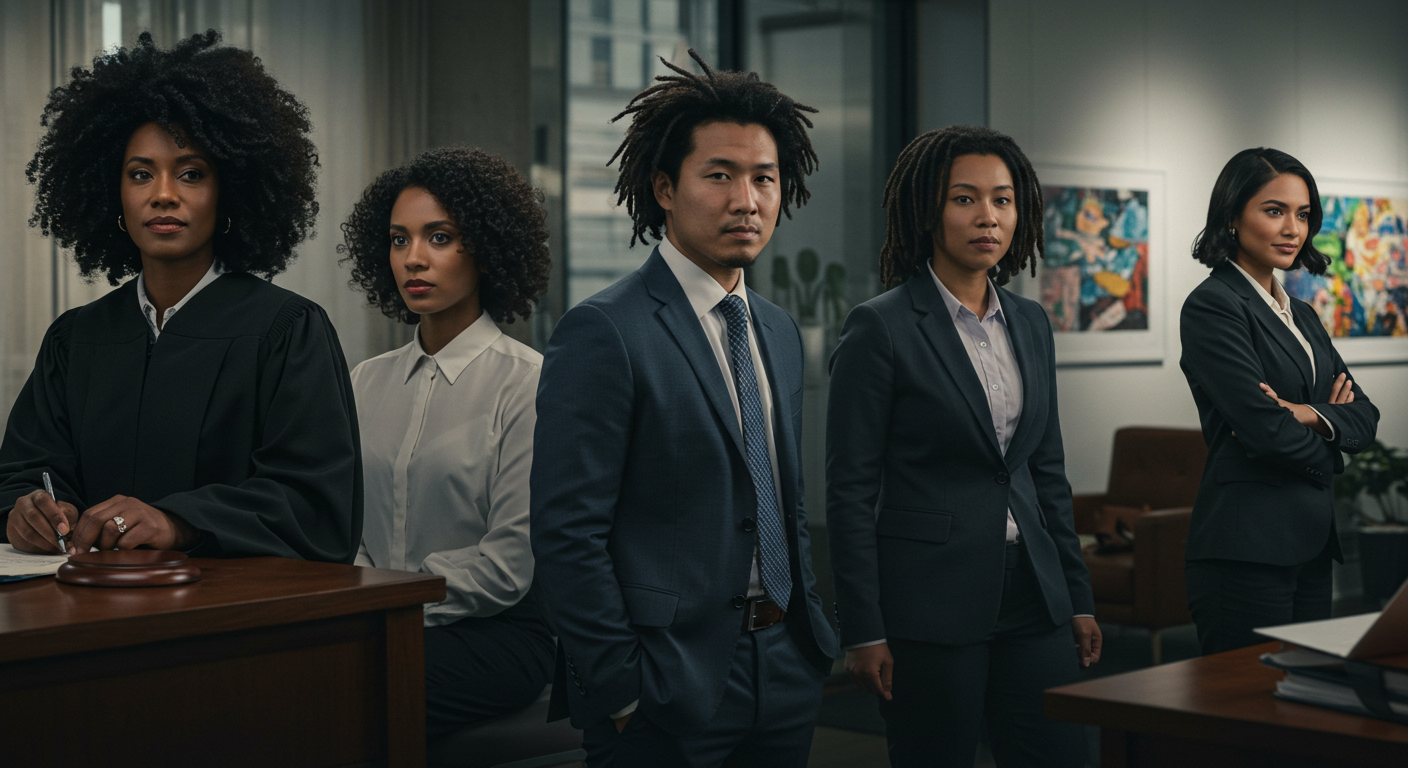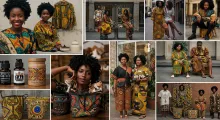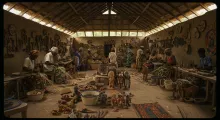For decades, African hair has been politicized, policed, and pathologized—especially in professional spaces. The simple act of wearing natural hair to work can still spark microaggressions, corporate disapproval, or outright discrimination. Yet, in the face of systemic bias, natural hair is rising as a form of protest, pride, and personal freedom.
The History of Hair Policing
Colonial and post-colonial African societies internalized Eurocentric standards of beauty. In many African countries, relaxed, straightened, or “tidy” hair was encouraged in schools and workplaces—viewing kinky, coily textures as "unprofessional."
In the diaspora, from the U.S. to the U.K., Black employees have been fired, reprimanded, or denied opportunities for wearing Afros, dreadlocks, cornrows, or braids.
It’s not about grooming—it’s about control, conformity, and erasure.
What Does “Professional Hair” Mean?
In many industries, “professional” hair is a code word for:
Straight, tamed textures
Neutral colors (no “wild” dyes)
No braids, locs, or Afro puffs
These standards were never inclusive—they were created without Black voices in the room. But natural hair isn’t a fashion choice—it’s a birthright.
The Rise of the Natural Hair Movement
From the early 2000s onward, women and men of African descent began rejecting relaxers, embracing their coils, and demanding corporate spaces accommodate their reality.
Movements like:
#BlackHairIsProfessional
The CROWN Act (U.S.)
Natural Hair Africa Meetups and Expos
...have changed the conversation. Now, afros, locs, and bantu knots are seen in boardrooms, banks, and tech startups.
Challenges Still Faced
Workplace Discrimination
In many African countries, certain institutions (banks, schools, airlines) still discourage or ban natural styles.Microaggressions
Comments like “Can I touch your hair?” or “You look more polished with a wig” remain common.Internalized Bias
Some professionals still feel they must conform to European beauty standards to be taken seriously.
Redefining Corporate Hair Culture
Progressive workplaces are starting to:
Include hair inclusivity in diversity training
Feature natural hair in ads and company materials
Update dress codes to remove vague or biased language
Organizations are realizing that authenticity drives innovation, and hair is a part of that authenticity.
Iconic Natural Hair Moments in Public Life
Ngozi Okonjo-Iweala (WTO): Proudly wears Ankara headwraps and natural styles in international forums.
Lupita Nyong’o: Showcased short 4C hair on red carpets and Vogue covers.
Zozibini Tunzi (Miss Universe 2019): Made history with her natural short cut.
These women—and many others—prove that professionalism and African hair are not mutually exclusive.
Tips for Wearing Natural Hair in Professional Settings
Confidence Is Key: Whether it’s a puff or twist-out, wear it like it’s the crown it is.
Protective Styles: Braids, flat twists, and locs can be both neat and stylish.
Clean Lines: For formal environments, go for styles with defined partings or minimal flyaways if required.
Accessorize Subtly: Use fabric headbands, wooden pins, or matte hair clips for flair without flash.
Creating a New Standard
The goal isn’t to make natural hair “acceptable”—it’s to remove the idea that it was ever unacceptable. That means:
Legislation (like South Africa’s 2016 ruling against hair discrimination in schools)
Education (debunking myths around hygiene or “messiness”)
Representation (seeing natural hair in leadership)
Conclusion
The politics of natural hair in professional spaces isn’t just about fashion—it’s about freedom. It’s about dismantling outdated norms and affirming that African identity doesn’t need to shrink to fit a suit. Whether it’s a boardroom, a courtroom, or a classroom, natural hair belongs—because the people who wear it do.



